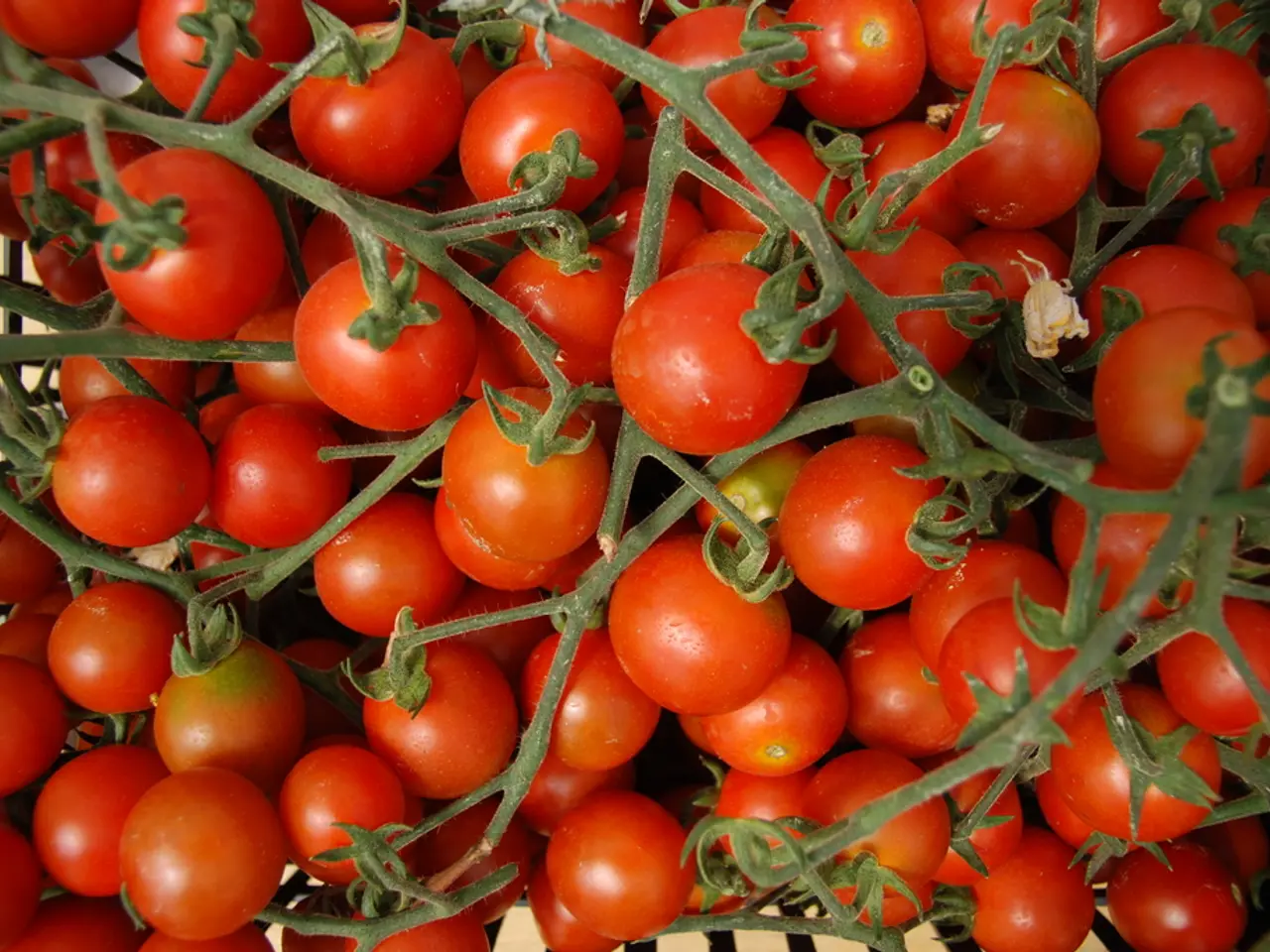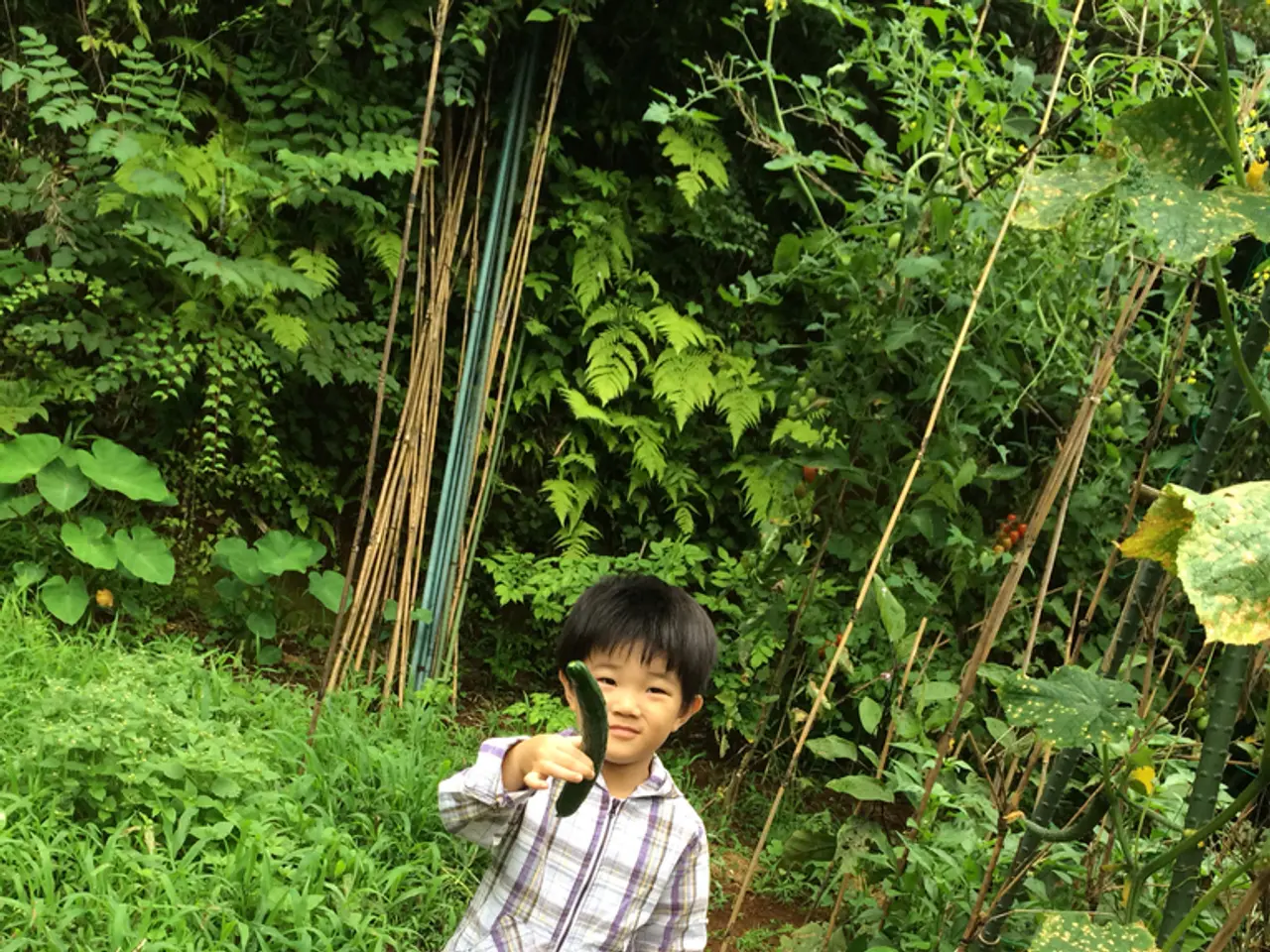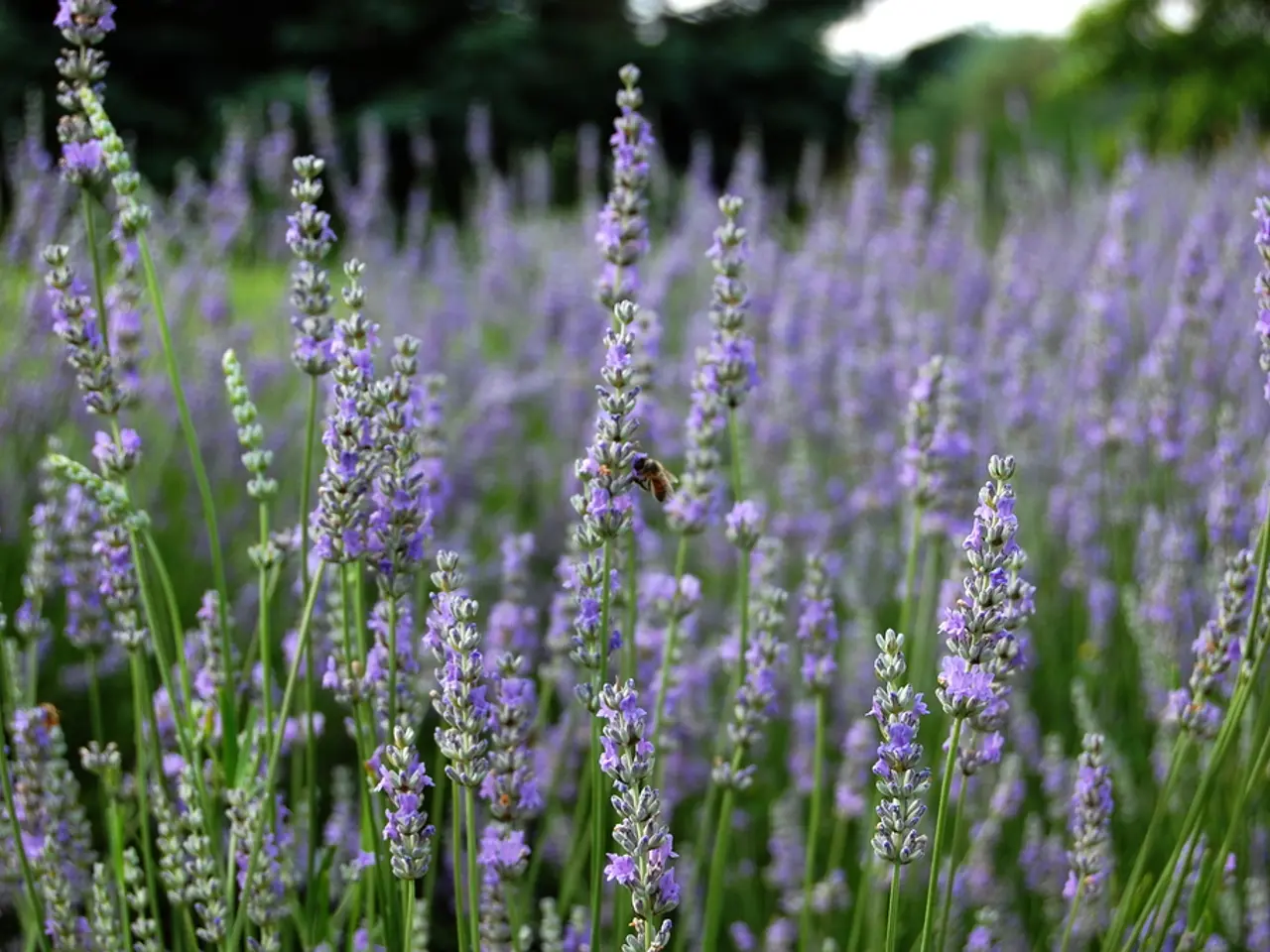Harvested triple the tomatoes with aid from digital assistant; now taking a well-deserved break.
In the world of modern gardening, a new technology is making waves, promising to revolutionize the way we tend to our plants and boost yields significantly. This innovation is known as Digital Garden Twins, virtual replicas of physical gardens or farms, designed to simulate every aspect of the garden environment.
Digital Garden Twins are becoming essential for gardeners and farmers aiming to stay competitive in the rapidly evolving landscape of precision agriculture. By 2025, those who do not adopt smart technologies will likely lag behind in terms of yield, product quality, and economic efficiency, according to agronomist Sergei Volkov, a specialist in this field.
These digital twins offer numerous benefits, increasing gardening efficiency and yield in several key ways. For instance, they allow artificial intelligence models to train and improve continuously, without seasonal constraints. This is demonstrated by the University of Florida's creation of a digital twin of a strawberry farm, which mimics each row, leaf, and fruit, enabling AI tools to be developed and tested year-round.
By modeling different scenarios virtually, gardeners and farmers can test the effects of changes in planting, watering, and fertilization strategies without risking crop loss. This approach helps maximize yield while conserving resources like water and fertilizers.
AI systems trained in digital twins have also shown impressive accuracy, such as detecting and measuring fruits with high precision. This level of accuracy supports commercial grading and can be integrated into robotic pickers and smart sprayers, streamlining harvesting and crop care processes.
Digital twins also lower development and operational costs for technology developers, as they can prototype and debug agricultural robotics and automation tools in a virtual environment first. This ultimately lowers the price barrier for advanced gardening technologies.
Combined with IoT sensors, satellite imagery, and connectivity enhancements like 5G, digital twins contribute to sustainable farming by supporting data-driven decision-making, enabling remote monitoring, and improving crop resilience to environmental stressors.
In practical terms, Digital Garden Twins work as personal agronomists, providing precise recommendations for each crop using data from wireless sensors and AI. For example, Mikhail, a farmer from the Krasnodar region, saves 2,000 liters of water per month and gets 40% more fruit from each tomato bush by using a full-fledged monitoring system.
Anna from the Tula region has also benefited, installing a smart watering system with moisture sensors and now receives notifications on her phone about when to water her cucumbers, reducing the need for daily inspections.
The system can extend the fruiting period by 2-3 weeks through optimal care and increase yield by 35-50% compared to traditional methods, while reducing crop loss from 20-25% to 5%.
In July 2025, the digital system will automatically calculate water volume based on air temperature and soil moisture, accurately forecast flowering periods, and warn of pests a week before their widespread appearance or late blight development 5-7 days before the first symptoms appear.
For those looking to take the first steps in digital gardening, a simple start involves installing soil moisture sensors and a smart watering system with smartphone control. Using mobile apps for plant monitoring and work planning is another accessible entry point into this high-tech gardening revolution.
In conclusion, Digital Garden Twins represent a transformative technology for modern agriculture and gardening. By providing a precise, risk-free, and data-rich virtual environment for testing, training AI models, optimizing resource use, and accelerating the deployment of innovative automated systems, they are set to boost control, sustainability, and productivity in this field.
- As digital technologies continue to shape modern gardening and farming, Digital Garden Twins are becoming indispensable for those striving to stay competitive in the realm of precision agriculture.
- These digital replicas of physical gardens, known as Digital Garden Twins, are designed to simulate every aspect of the garden environment, allowing for continuous training of artificial intelligence models and unconstrained development and testing.
- AI systems trained in digital twins have shown exceptional accuracy, such as detecting and measuring fruits with high precision, which can be integrated into robotic pickers and smart sprayers for efficient harvesting and crop care.
- By offering a virtual testing ground for prototyping and debugging agricultural robotics and automation tools, Digital Garden Twins help lower development and operational costs, making advanced gardening technologies more accessible.
- Combining digital twins with IoT sensors, satellite imagery, and connectivity advancements like 5G enhances sustainable farming by supporting data-driven decision-making, remote monitoring, and crop resilience to environmental stressors.







